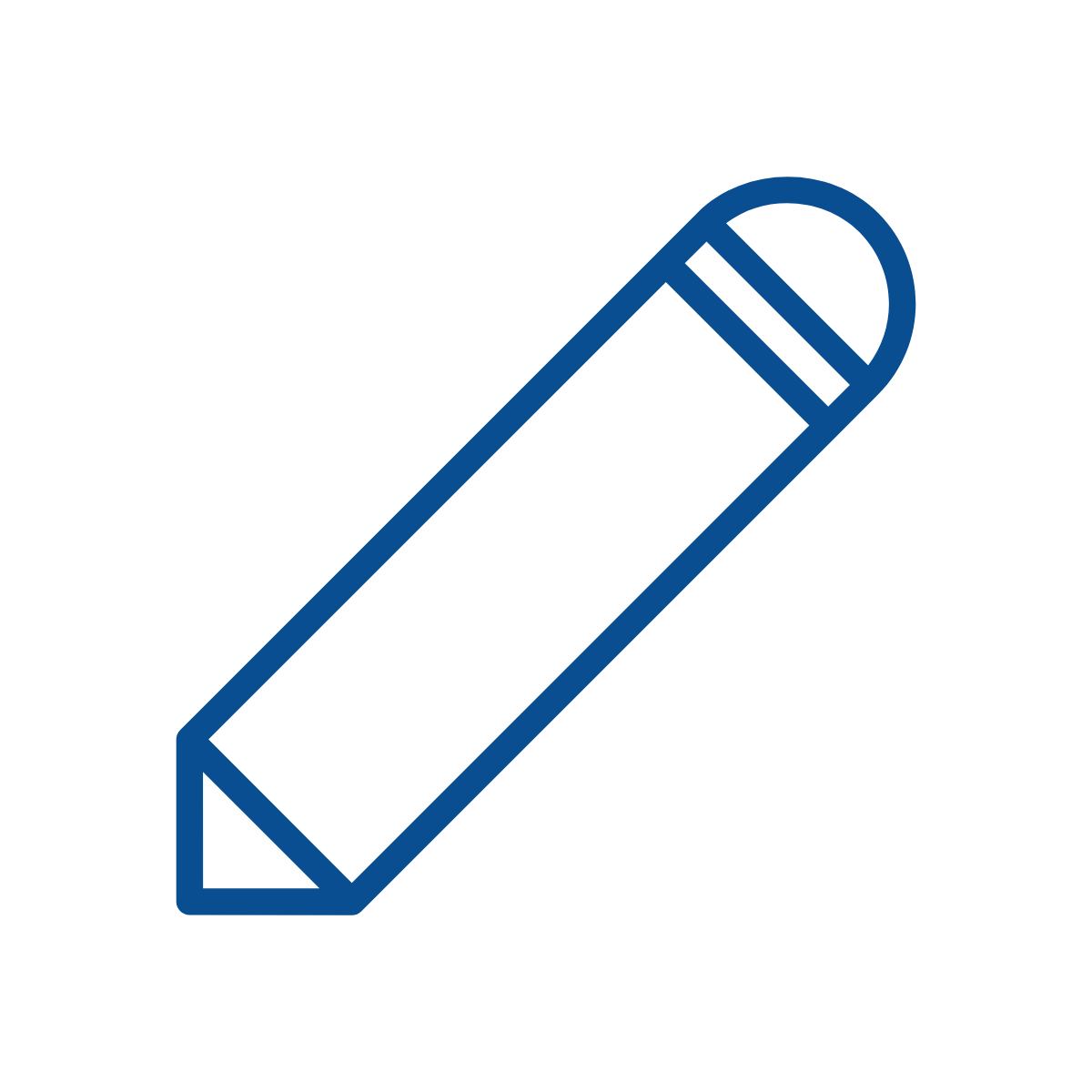Course teacher(s)
Stéphane CLEMMEN (Coordinator) and Guy VAN DER SANDEECTS credits
4
Language(s) of instruction
english
Course content
The quantum optics course offers students a broad introduction to the principles and applications of quantum optics. It covers those aspects of optical science in which the quantum nature of the electromagnetic field is undergoing a renaissance. Examples of topics covered in these courses are: optical coherence, quantum effects in optical interferometry, the interaction of light with elementary quantum systems (such as atoms and quantum dots) in free space and in resonators, quantum effects associated with nonlinear optical interactions.
The lectures are supplemented by exercises. The course is taught partly at the VUB and partly online.
Contents
• Part 1: Statistical Properties of Quantum Light
• Part 2: Interaction of Light with Matter
• Part 3: Applications of Quantum Light and Modern Topics in Quantum Optics
The lectures are supplemented by exercises. The course is taught partly at the VUB and partly online.
Contents
• Part 1: Statistical Properties of Quantum Light
- Chapter 1: Statistical Properties of Classical Fields
- Chapter 2: Quantum Theory of the Electromagnetic Field
- Chapter 3: Quantum States of Light
- Chapter 4: Quantum Theory of Coherence
- Chapter 5: Quantum Interferometry
• Part 2: Interaction of Light with Matter
- Chapter 6: Structure of Atoms and Their Interaction with Light
- Chapter 7: Weak Atom-Light Coupling
- Chapter 8: Strong Atom-Light Coupling
- Chapter 9: Classical Consequences
• Part 3: Applications of Quantum Light and Modern Topics in Quantum Optics
- Chapter 10: Quantum Information with Ions
- Chapter 11: Single Photon Sources
- Chapter 12: Parametric Source of Photon Pairs
- Chapter 13: Optical Computing with Linear Optics
- Chapter 14: Teleportation
- Chapter 15: Quantum Key Distribution
- Chapter 16: Super Phase Resolution and Super Sensitivity
- Chapter 17: Color Centers
Objectives (and/or specific learning outcomes)
After the course the student will be able to start reading specialized litterature in the field and understand conference presentations. (S)He will not only master the formalism of the quantum optics, but also understand the most important experimental techniques for generating and detecting quantum states of light. (S)He will be ready to start a PhD in Quantum Optics or any related field. More specifically, the student will get insight into the quantization of the electromagnetic field, quantum and classical coherence theory, direct and correlated photon counting methods, spontaneous emission and Purcell enhancement, few-photon interferometry, laser cooling and trapping of atoms, generation of single photons and photon- pairs, cavity quantum electrodynamics, quantum information processing.
Prerequisites and Corequisites
Required and Corequired knowledge and skills
A good background in optics, statistics and quantum mechanics is required.
Teaching methods and learning activities
Mixed: on-site classes, online videos, online Q&A sessions
References, bibliography, and recommended reading
1 M. Fox, Quantum optics – An introduction, Oxford University Press (2006)
2 R. Loudon, The quantum theory of light, Oxford University Press (2000)
3 P. Lambropoulos and D. Petrosyan, Fundamentals of quantum optics and quantum information, Springer (2007)
4 J. W. Goodman, Statistical optics, John Wiley & Sons (2000)
5 L. Mandel and E. Wolf, Optical coherence and quantum optics, Cambridge University Press (1995)
6 M. O. Scully and M. S. Zubairy, Quantum optics, Cambridge University Press (1997)
Course notes
- Université virtuelle
Contribution to the teaching profile
Other information
Additional information
Contacts
Stephane Clemmen
Guy van der Sande
Campus
Outside campus ULB
Evaluation
Method(s) of evaluation
- Oral examination
Oral examination
Mark calculation method (including weighting of intermediary marks)
Language(s) of evaluation
- english
